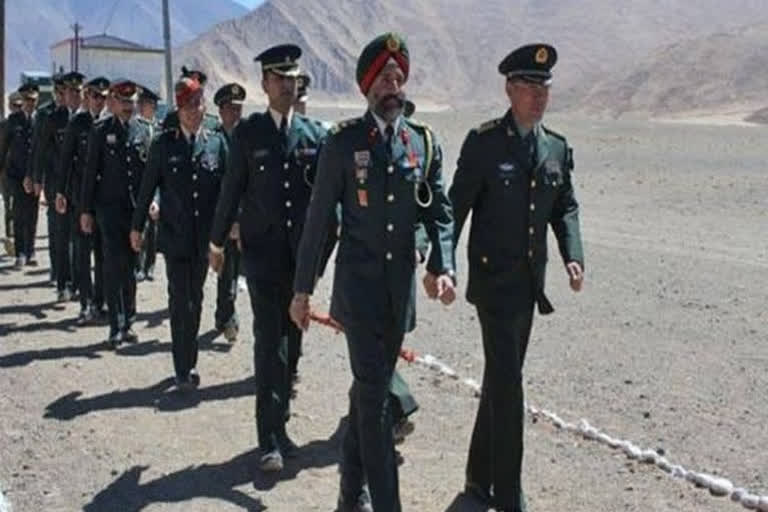New Delhi: Amid face-offs in at least four different places near the Line of Actual Control (LAC), talks between the Indian and Chinese teams got off to an ominous start on Saturday with the helicopter flying the Indian delegation not being able to land on the Chinese side due to bad weather in the helipad situated at a 4,360-metre altitude.
"The Indian team was to fly to Moldo on the other side of Chushul near the LAC in eastern Ladakh. But the chopper couldn’t land due to inclement weather. As a result, the talks which were to start from 9 AM got delayed by at least one-and-a-half hour,” said a source.
According to existing protocols, both sides take turns to host each other. The level at which the talks are being conducted are unprecedented as they are being led by Lieutenant General ranked officers. Usually talks to defuse border rows are conducted at the level of Colonels and Brigadiers.
Not much is expected from the talks at the moment because keeping in mind the escalatory potential and the bearing it will have at strategic levels, it is doubtful if the lieutenant-generals are carrying the mandate to take decisions on their own. So in all probability, the discussions and the feedback will be taken back to the headquarters where the final decisions will be taken.
The very fact that the Chinese PLA has opened up fronts across the length of the LAC from Ladakh to Sikkim at the same time implies that these are not localized incidents but are incidents that have resulted from a policy decision at the Central Military Command level in Beijing.
The meeting agenda has three key areas of focus - use of disproportionate violence on soldiers in the recent fracas on May 5-6 on the northern bank of the Pangong lake, cutting back on the build-up of soldiers and artillery in the rear position of the flashpoints in the aftermath of the border violence, and restoring the status quo to the situation that had existed prior to May 5.
The meeting is very important because what transpires and is finalized after the meeting will determine the issue of parity of infrastructure build-up near the frontline and the direction of the border talks process and hence the relationship between the two nuclear-armed Asian giants.
Also Read: Ladakh standoff: India, China agree to handle differences through talks



